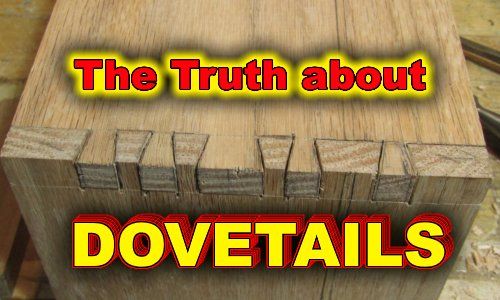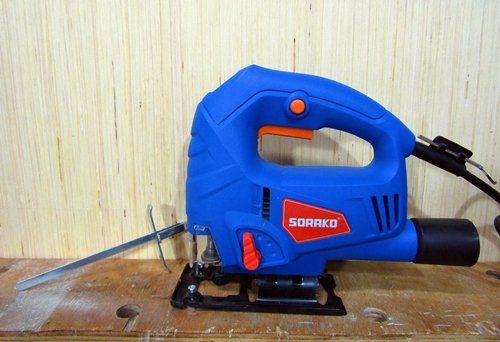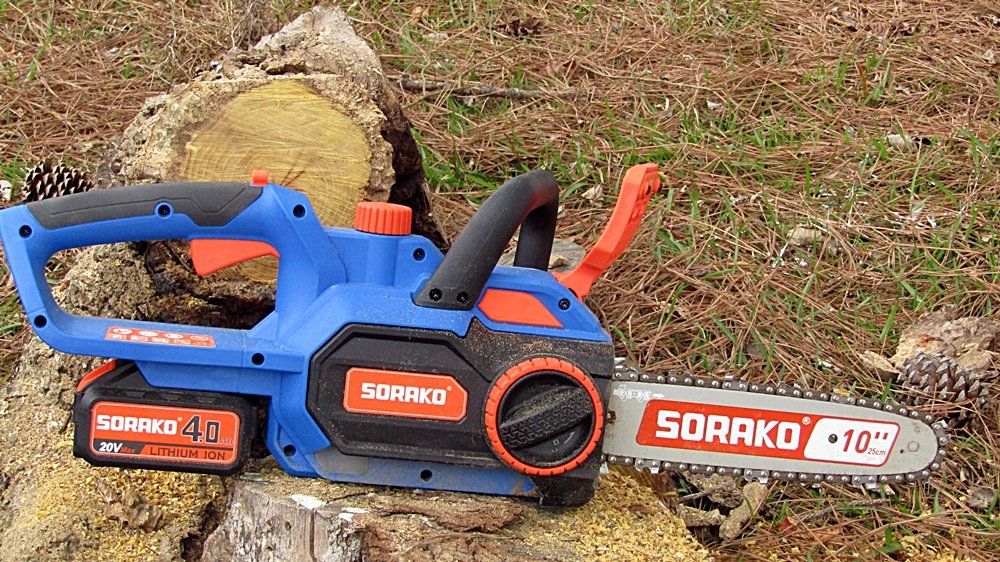Casket Chisel Cabinet Build
October 20, 2015
It's Halloween and I need a chisel cabinet. So why not build a chisel casket?
It was time for WOmadeOD (Made in wood) to have it's Hallowood15 woodworking challenge. It's hosted by Mitch Peacock over at WOmadeOD. Please check his youtube channel out at https://www.youtube.com/user/WOmadeOD
So I built a chisel caninet.. or should we say chisel coffin... to enter into the contest. I want to thank Mitch for hosting the challenge and to all the sponsors for the prizes they put up for it.
Chisel Casket Cabinet
This build was fun, but not quite as trouble free as the Jack-O-Lantern Birdhouse project. I ran into some trouble putting the angled dovetails into the pallet wood I was using to build the chisel cabinet with. Pallet wood is dry and splits very easily do to the heat treatment used to preserve it. Therefore I making dovetails was difficult. Every time I took the mallet and chisel to it, it would split and cut deeper than I wanted. Oh the woes of woodworking.
Because of this splitting, I ended up having some gaps in the dovetails. Now granted, I'm not very experienced at doing dovetails and that didn't help either. This being a shop project, I decided to experiment and practice on the corners with angled dovetails. Angled dovetails being a woodworking challenge to begin with, the dryness of the pallet wood made it a little more difficult.
But I learned and gained experience and skill. That's what's great about shop projects. Though you do want to do you're best, there's room for error because it is to be used in the shop and not necessarily meant to be pretty. And this is a Halloween project, meant to look like a wicked casket. In this case the gaps and imperfections added to the effect I was going for. I wanted it to look like something you would expect something evil to come out of.
The video of the build is below, I do hope you enjoy. And a word of caution. This is a Halloween video, it is meant to scare you silly.Take head that there are a few startling moments. Those with weak hearts may not wish to view it. HAPPY HALLOWEEN! keep the kids and yourselves safe!
Redneck Know How Blog

Every fisherman has his or her own favorite techniques to catch this beloved fish. Why is crappie, (or pomoxis, if you want to get scientific), are so beloved? Well, they give one heck of a fight when caught. A 2 lb. crappie can put up a fight to rival a bass of larger size. So catching them is fun. There is also the taste factor. Fried crappie tastes great.

Everybody seems to be in love with dovetails these days. Myself included. They look nice, feel nice, and they make the woodworker feel an overwhelming since of pride when he makes tight and even. Especially the hand cut dovetails. Dovetail joints can be produced with power tools. And there are dovetail jigs you can buy and make. It makes getting precise dovetails with no gaps a lot easier. But nothing feels more satisfying than finally getting hand cut dovetails tight and gap free. And for the record, I use the term, “gap free”, very loosely. I’d wager that even the best woodworker gets gaps in their dovetails no matter how hard they try. Maybe not as many as us new to middlin’ woodworkers, and certainly not as noticeable, but there are gaps in their dovetails. Nowadays, people use dovetails not only as a joint, but as decoration. A showpiece if you will to show off the craftsmanship of the woodworker. But the reality is that they were not originally meant to be pretty. They were utilized to hold pieces that were heavily used together. Such as drawers or other parts of furniture and other items that were constantly pulled or tugged on. In the example below, you can see how the angles of the dovetails will keep the joint from coming apart during the tugging of the drawer when opening it. This part of the joint is where the dovetail joint get’s it’s name. Often when used on boxes, the orientation of those angles are switched around, placing them on the front of the box as a decoration, and the pins of the joint is put on the side. Great for looks, not so great for function. Of course for most smaller boxes, the function of the dovetail really isn’t needed and using dovetails for looks is fine and an anesthetically pleasing way to show off craftsmanship. But let’s not give up on using the dovetail joint for utilitarian purposes when building boxes too quickly. They can be a great way to join a bottom to a box that will be holding heavier stuff, such as tool boxes. The angle of the dovetails can manage the stresses of carrying heavier items such as tools if you wish to maintain a *NO screws or nails* policy on your woodworking projects. Or you can use the dovetail joint along with screws for extra protection against the bottom dropping out. So the purpose of the dovetail is a lot more than to just make your woodworking look good. In fact, long ago, they were hidden. Simply a way to join parts and give them the strength to do what the item was meant to do, and be hidden when the drawer was closed. Using the dovetail joint for decoration is a modern thing. Which I have nothing against. I love to show off dovetails I’ve made nearly perfect. Well, in my eyes anyway. Roy Underhill and Paul Sellers would likely just look at them and grin, maybe chuckle at me being so proud of something so far from the skill level they have achieved.








